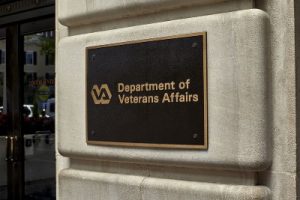
October was first named Cybersecurity Awareness Month in 2004 through a joint effort of the National Cybersecurity Alliance and the U.S. Department of Homeland Security. In the following two decades, the campaign has evolved into a valuable way to spotlight the role everyday citizens have in the effort to "Secure Our World."
The campaign's consumer outreach focuses on the top four ways to stay safe online:
- Use strong passwords and a password manager
- Turn on multifactor authentication
- Recognize and report phishing
- Update software
While these practices are commonplace in government agencies, security teams are constantly evolving how they implement and manage cyber efforts including in the areas of identity management, phishing, and software updates. Continue reading





 Pandemic-necessitated remote work and increased reliance on online apps and sites for routine everyday tasks like shopping and transportation showed us that Internet connection is a critical utility. It also proved that getting connected is not enough -- the speed and quality of that connection have a huge impact on how we carry out day-to-day activities. In a timely coincidence, this reliance on connectivity comes at a time when networks are improving their service to supply that exact speed and reliability.
Pandemic-necessitated remote work and increased reliance on online apps and sites for routine everyday tasks like shopping and transportation showed us that Internet connection is a critical utility. It also proved that getting connected is not enough -- the speed and quality of that connection have a huge impact on how we carry out day-to-day activities. In a timely coincidence, this reliance on connectivity comes at a time when networks are improving their service to supply that exact speed and reliability. The Biden Administration recently issued its request for 2022 spending. This practice is really more of a
The Biden Administration recently issued its request for 2022 spending. This practice is really more of a 
